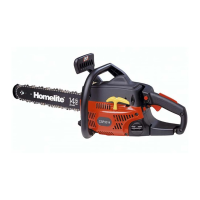
Do you have a question about the Homelite CSP3314 and is the answer not in the manual?
| Engine Type | 2-Cycle |
|---|---|
| Displacement | 33 cc |
| Weight | 9.4 lbs |
| Bar Length | 14 inches |
| Fuel Capacity | 0.25 L |
| Fuel Tank Capacity | 0.25 liters |
| Chain Pitch | 3/8 in |
| Chain Gauge | 0.050 in. |
Covers one-handed operation, fatigue, unstable surfaces, proper grip, cutting speed, and clear work areas.
Keep body parts away from chain, carry saw safely, turn off engine, and maintain clean handles.
Handle fuel outdoors safely, avoid sparks, and keep bystanders away from the cutting area.
Never operate damaged saw; kick-back is dangerous and requires specific safety precautions.
Details SAFE-T-TIP nose guard, low kick-back saw chain, and guide bars for preventing kick-back.
Explains chain brake design for stopping rotation and its daily cleaning and testing procedures.
Describes how kick-back occurs and reiterates that safety devices alone are insufficient for preventing injury.
Emphasizes turning off engine, moving from refueling site, checking for leaks, and safe fuel handling procedures.
Details the 50:1 mix ratio of unleaded petrol and 2-cycle oil for air-cooled engines.
Ensures safe starting by placing saw on level ground, ensuring no obstructions, and holding handles correctly.
Step-by-step guide for starting a cold engine using choke, primer bulb, and throttle lock mechanism.
Instructions for starting a warm engine, skipping full choke and primer bulb steps for quick start.
Details pulling starter, setting choke, and engaging throttle lock for engine start and idle.
Warns against releasing partial throttle when chain brake is engaged to prevent severe damage to the unit.
Procedure for stopping the engine using the ignition switch and cooling down before storage.
Emphasizes firm grip with both hands, left hand on front, right on rear, and encircling handles for maximum control.
Advocates balanced weight, straight left arm, body left of chain line, and thumb on underside of handlebar.
Checks chain brake condition, engages it at full speed, and resets it to the RUN position for safety.
Advises against felling in high wind/precipitation, with extreme lean, rotten limbs, or near wires/buildings.
Wear PPE, clear underbrush, consider tree lean/wind, check for dead branches, and prepare retreat path.
Select escape route, clear area, consider tree lean/wind, and cut according to planned line of fall.
Details cutting notch (1/3 diameter) and back-cut (5cm above notch), leaving a hinge wood for control.
Warns about spring poles being dangerous and potentially causing loss of control or fatal injury to operator.
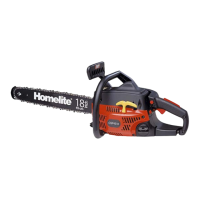
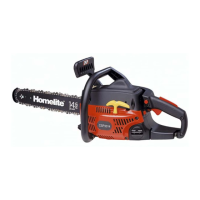





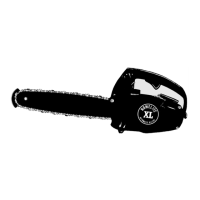
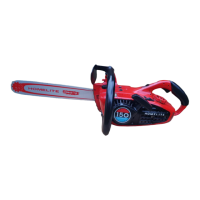
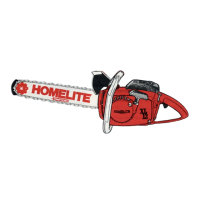
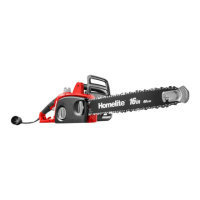

